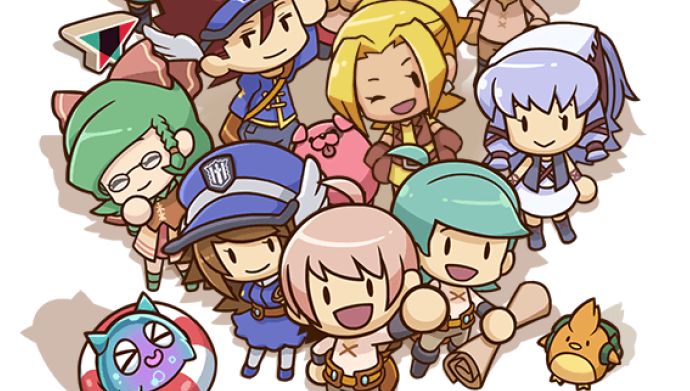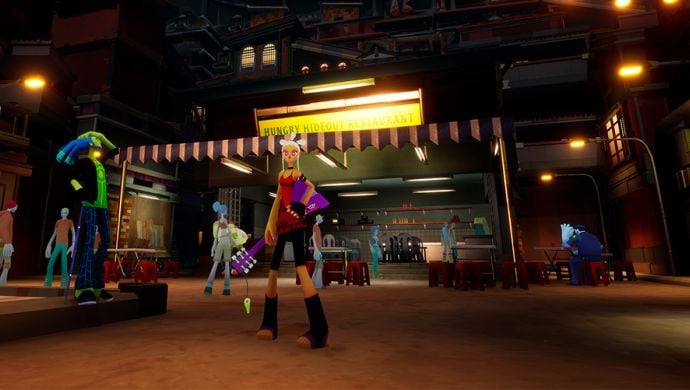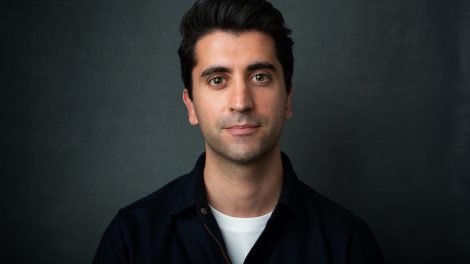[ad_1]

Lydia Ho
One thing that great games such as Mario, The Last of Us, Clash of Clans and many more have in common is that they have a great storyline behind the gameplay.
Mario has a damsel in distress waiting to be rescued, The Last of Us has survivors fighting a zombie apocalypse and Clash of Clans has gamers building the best clans to battle out other clans from different villages.
According to an article published in Social Psychological and Personality Science, researchers found that narrative game contribute to a more immersive video game experience. They also found that being immersed in a game’s story supported players in recognising opportunities for meaningful choices and relationships.
Some argue that hit games don’t require narratives and that good gameplay is the golden rule to having a good gaming experience.
While this is true, an average gamer will suffer a deluge of poor storytelling if a game is knock-down, dragged-out plotless fun.
In this interview, e27 highlights one of the pioneers of Malaysia’s digital game scene Lydia Ho, a video game designer. Her experience in developing deep narratives for the video game industry which include creating worlds and developing character stories for award-winning title Postknight and other games such as The King’s League series, Tiny Guardians and Masketeers.
Although creative processes might not be the same for everyone, here is what Ho shares in her own words from her experience of writing and developing stories for video games.
Also Read: Charting the rise of hyper casual gaming: An insight into the massive mobile industry
In this article, you will learn:
- How game developer’s find inspiration
- Tools necessary to write video games
- Developing a plot
- Getting noticed in the industry

Postknight characters
Finding inspiration
Stories must complement the game mechanics and those narrative elements should communicate the game’s goals and controls intuitively.
When writing, I listen to various personal song playlists that I curated over the years. Depending on the nature of the story, I’ll be listening to different music to help with my writing.
I would say that music is my biggest inspiration and I also commonly seek inspiration through stories in other media such as books, movies, and comics. Knowing about trends and pop culture can also be essential and referencing them where possible is always fun.
In situations where I face writer’s block, I either brainstorm with others or take a break. Sometimes where there is a pressing deadline, I just keep writing and hope for the best.
Tools required for writing a story
1. Gaming experience
It is always easier to write narratives from the perspective of someone who enjoys the entire gaming experience than someone who is not involved in the process as much.
The reason for this is that gamers are better equipped to understand the pitfalls of the experience and find solutions to fix them. In fact, most of the game companies such as Riot Games only prefer to hire talents who are gamers themselves.
2.Helpful software
Twine – this is a programme for interactive non-linear stories writing where an individual can publish their story and find developers to work with together.
Articy – A visual platform where writers can keep track of their storylines and game content management. This is mostly used for stories with heavy branching narratives.
Google Sheets – A simple and flexible platform for writing stories that can be accessible by everyone in a team.
It must be noted that the company and team’s preference largely influence the tools used along with the complexity of the game. While Google Sheets can be used for simpler narratives that are generally used in mobile games, Twine and Articy can help develop games with much broader plots.
Also Read: Will China lead the Artificial Intelligence game by 2030?

No Straight Roads
Developing the story
1. Having a relatable theme: If the game allows for it, a message that is communicated through the story would be great. Especially messages that align with my values and that I am passionate about and keen to explore.
2. Planning: The game’s overall vision, mechanics, and tone are important aspects that I consider before I write.
I generally plan out everything I can, but not to the point where I never start writing. If there are sufficient key moments in place, start with them and fill in the rest. However, know what those important moments are and tie it back to the theme of the story.
3. Research, research, research
4. Write what is needed: Every word or detail should serve a purpose, when writing, always consider if there is a better way to communicate a certain scene, instead of ignoring it in favour of the original plan. Deleting and rewriting whole chapters are painful, but if it improves the overall story, even by a little bit, it is totally worth doing so! (Of course, if there is a timeline, that should definitely be taken into consideration)
5. Endings: When writing endings it is important to note that it ties back to the game’s vision and goal.
However, most of the games (Ho has worked on) either don’t have endings (i.e idle games), and the ones that do have endings are always developed with the possibility of sequels in minds.
Getting noticed
As someone keen on working in the gaming industry, it is important to get noticed and connect with other developers.
While it is not always possible to travel overseas to large gaming events such as GDC or E3, there are local events such as Casual Connect and LEVEL UP KL that help developers network and gain exposure to the work of other developers.
Also Read: How to craft a problem statement that VCs will love
I met a lot of regional and international developers at these events and am always amazed and glad to see how others work on their games and what we can learn from each other. The awards held at these events also highlight efforts of nominated teams, while encouraging attendees of the events to try out all the games at the event (especially for Audience Choice awards).
The events bridge the gaps between local and regional (even international) talents in the game industry, be it developers or publishers, or students or aspiring developers.
LEVEL UP KL has public days as well and I think those are great to shine more light on the local industry to those who are curious, and more importantly, for the ones who don’t know about it at all.
–
Image Credit: Lydia Ho
The post How game designer Lydia Ho writes narratives for award-winning titles like Postknight appeared first on e27.
[ad_2]
Source link



Add Comment